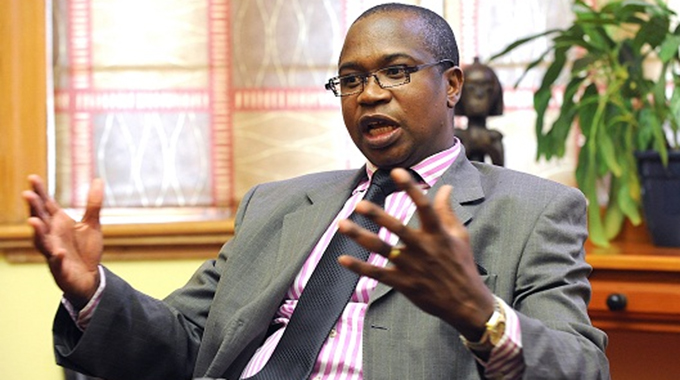Government reforms tame inflationary pressures

Oliver Kazunga, Senior Business Reporter
THE Government’s fiscal reform drive has seen the country’s month-on-month inflation drop 9,08 percentage points to 1,67 percent in February from 10,75 percent in January 2018.
According to the Zimbabwe National Statistical Agency (Zimstat), the record decline means that prices as measured by all-items Consumer Price Index, prices increased by an average of 1,67 percent between January and February 2019.
“The month-on month inflation rate in February 2019 was 1,67 percent shedding 9,08 percentage points on the January 2019 rate of 10,75 percent.
“The month on month food and non-alcoholic beverages inflation rate stood at 3,56 percent in February 2019, shedding 3,38 percentage points on the January 2019 rate of 6,94 percent.
“The month on month non-food inflation rate stood at 0,70 percent, shedding 12,13 percentage points on the January 2019 rate of 12,83 percent,” said the agency.
During the course of last year, October recorded the highest inflation rate at 16,4 percent before receding to 9,2 percent and 9 percent in November and December respectively.
Posting on his Twitter account, Finance and Economic Development Minister Professor Mthuli Ncube said the dramatic fall of monthly inflation in Zimbabwe last month was largely driven by the reforms being implemented under the Transitional Stabilisation Programme (TSP).
“As projected in the economic reform programme, the TSP, monthly inflation should continue on a downward trend as reforms kick-in,” he said.
The Government in October 2018 launched the TSP in a bid to set the economy on a recovery path after years of stagnation.
The programme, which runs from October 2018 to December 2020, seeks to operationalise Vision 2030, which is expected to see Zimbabwe becoming a middle income country with a per capita income of US$3 500 per person.
In his column for this week, Prof Ncube also expressed optimism that Zimbabwe was on the path to progress despite the prevailing challenges.
He said the measures being implemented under the TSP were slowly stabilising the economy and going forward these would attract investment and lay a solid foundation for shared and sustained growth.
Government has already succeeded in trimming the budget deficit with a 2019 ambition of reducing the deficit from about 12 percent of GDP to five percent.
“Of course, as all Zimbabweans know, it has not been all plain sailing. The inflationary pressures we have faced have caused uncertainty and pain, and we have made dealing with this our number one concern. To address this, we have pushed ahead in our efforts to narrow the fiscal deficit and slow down money supply growth, and we project inflation to slow down to below 10 percent by the end of the year,” said Prof Ncube.
He said the recent shift in monetary policy has been well received by the market and seeks to remove the distortions, which prevented efficient functioning of the foreign exchange market, and the economy as a whole, thereby pushing prices beyond the reach of most Zimbabweans.
“The new monetary policy – based around the liberalisation of our foreign currency market and discarding of the fixed 1:1 exchange rate peg between the US$ and the Bond note – will promote stability, bring down prices and build confidence,” Prof Ncube said.
“Its implementation is already underway and government has won praise internationally for truly allowing the market to determine the value of RTGS dollar. Meanwhile, the RBZ is strengthening this arrangement by focusing on containing money supply growth, while it has also put in place monitoring mechanisms to ensure that the interbank foreign exchange market is not manipulated.”
The TSP acknowledges policy reform initiatives of the new dispensation to stimulate domestic production, exports, rebuild and transform the economy into an upper middle income status by 2030.
It is hoped that the short-term TSP economic programme will be superseded by two five-year Development Strategies, with the first one running from 2021-2025, and the second covering 2026-2030.
-@okazunga










Comments